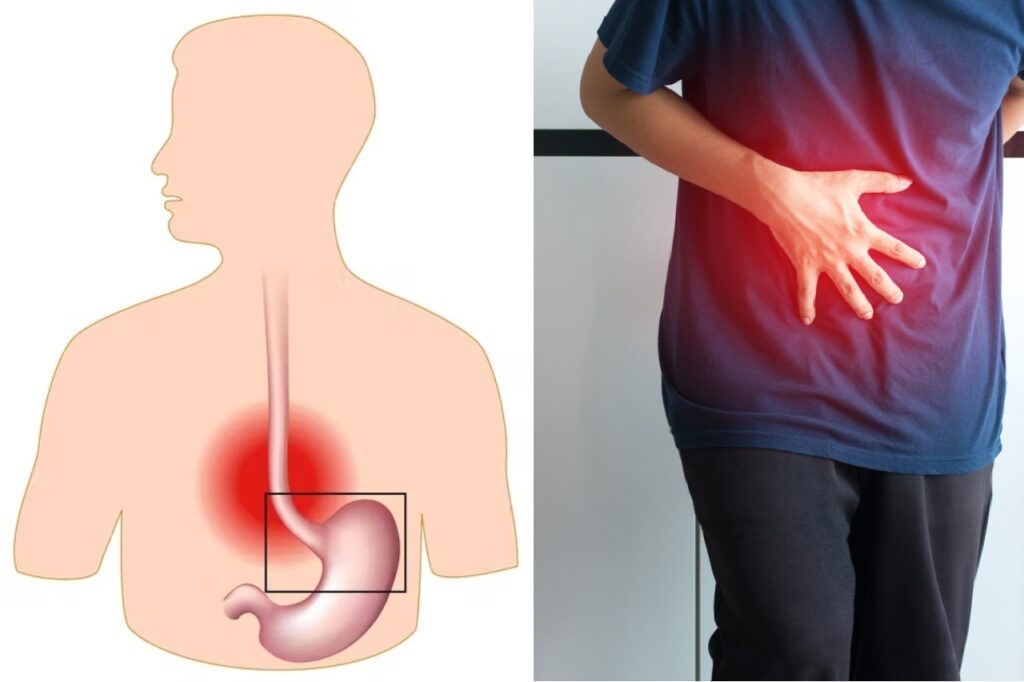A tool used in both conventional and naturopathic medicine is blood analysis. Certain components in a blood test can confirm a doctor’s diagnosis or reveal hidden problems. Blood tests can also be used to show the effectiveness of certain treatments or their toxic effects on the body. Here I have provided only an introduction to blood analysis to help show its relevance and importance in patient care.
Annual blood check-ups are encouraged as they provide a baseline of a patient’s health status. This is only a snapshot in time though and so must be treated as such. There are other functional tests trained clinicians can use to help them diagnose disease states and help guide their treatment plans. For example, in Chinese medicine traditional pulse taking and tongue diagnosis prove to be powerful tools in assessing a patient. Muscle testing in applied kinesiology is another example of unconventional approaches in patient assessment. Other practitioners, including myself, combine these traditional testing methods with conventional methods in ruling in or out disease states.
On the topic of blood tests though there are a few basic areas that should be analyzed. One of these areas is the complete blood count (CBC) with its differential. These values provide the total count of your red and white blood cells along with the various cells making up these numbers. This information allows a clinician note reasons why a patient may present with vague symptoms such as fatigue. For example, low numbers of red blood cells may indicate problems such as anemia or internal bleeding while low numbers of white blood cells could indicate a current infection. Excesses as can be imagined are also not a good thing. Excess white blood cells for instance can indicate bone marrow issues while excess red blood cells can indicate dehydration or respiratory illnesses.
General chemistry showing the values of major electrolytes such as sodium and potassium is also important to analyze. This is because potassium is the major cation found inside of our cells while sodium is the major cation found outside of our cells. These ions can be an important factor when symptoms such as fatigue, mental confusion, and muscle weakness are present. Imbalance in these ions can indicate problems with our adrenal glands, dehydration, or effects of certain medications such as steroids and pain killers.
When ordering a blood test we also target certain proteins to examine such as the popular molecule ferritin. Ferritin is an indication of your iron reserves and can help determine iron deficiency and excess states. Deficiency in this protein can of course indicate an anemic state while an excess can be related to an inflammatory cause of disease or certain liver disorders. Of course these are just examples and there could be a multitude of reasons why ferritin levels can be low or high but this value is usually affected in chronic disease.
Two organs that need to be tested are our liver and kidneys. These two organs allow for proper detoxification processes of the body but also each control major specific functions. For example, the liver is implicated in sugar and cholesterol metabolism along with its digestive functions while the kidneys are involved in bone marrow activation and water regulation. Speaking of cholesterol, a check of various lipoproteins such as LDL and HDL along with total cholesterol and triglycerides can also show the health of our cardiovascular system since LDL and triglycerides are implicated in plaque formation which can compromise blood flow. But getting back to our major detoxification organs, liver enzymes such as AST and ALT can show whether the integrity of the liver tissues are in tact and functional tests of the kidneys such as GFR show if the kidneys are working to their optimal filtration capacity. It is very important to monitor the functioning of the liver and kidneys mainly because we seldom observe outright symptoms related to them. For instance, by the time patients show symptoms of kidney failure a large portion of the kidney tissues may be compromised which then can limit our therapy options.
A hormonal analysis that is under-emphasized in conventional medicine and perhaps overemphasized in alternative medicine is the analysis of the thyroid gland. A test of TSH, which is produced by our pituitary gland and acts on the thyroid gland, can help direct us to the source of metabolism problems. Metabolism issues may be accompanied with energy concerns, digestive issues, and emotional problems. It is important to note that stress can affect the production of TSH and the thyroid gland in general and so therapies that target stress can prove helpful. Also, TSH by its self is not a helpful indication of thyroid health and should be accompanied by measures of the thyroid hormones T3 and T4 to give a better understanding of the overall health of this important endocrine gland.
There are certain factors that limit the use of blood tests. One has to do with the methods and normal ranges used by various laboratories. Two labs can test the same blood sample but one may use a different normal range versus the other lab and hence show a result of abnormal that may actually be considered as normal elsewhere. Two doctors may also look at the same blood analysis and come up with two differing diagnoses depending on their training, philosophy, and focus areas. So, it is always important to consider that these tests are merely a snapshot in time as mentioned before and may change depending on outside influences. In fact if you were to conduct multiple tests within the same day you may end up with differing values let alone conducting the same tests a week or two apart. In the event that values are considerably out of range or if the diagnosis is a major one, you are encouraged to seek a second or even a third opinion. The take-home message here is that annual blood tests can be an important factor in preserving your health and showing your progress on certain therapies but we must consider them only as a tool and not as a source of anxiety.
References:
Pagana, K., Pagana, T. “Mosby’s Manual of Diagnostic and Laboratory Tests”, Mosby Elsevier, 2006.
Weatherby, D., Ferguson, S. “Blood Chemistry and CBC Analysis”, Bear Mountain Publishing, 2002.
 604-451-1737
604-451-1737

